Resources
How to choose the material for injection molding process?
Release time:2023-11-02
How to choose the material for injection molding process?
Injection molding processing commonly used injection molding materials are ABS, PC, PE, PP, PS, PA, POM, etc. Different materials have different properties, the choice of processing materials, you can choose according to the performance needs of the product itself.
ABS Plastic
ABS plastic is a terpolymer of acrylonitrile (A), butadiene (B) and styrene (S) monomers, light ivory color, opaque, non-toxic and tasteless. Raw materials are easy to obtain, good overall performance, cheap and widely used, so ABS is one of the most widely used engineering plastics.
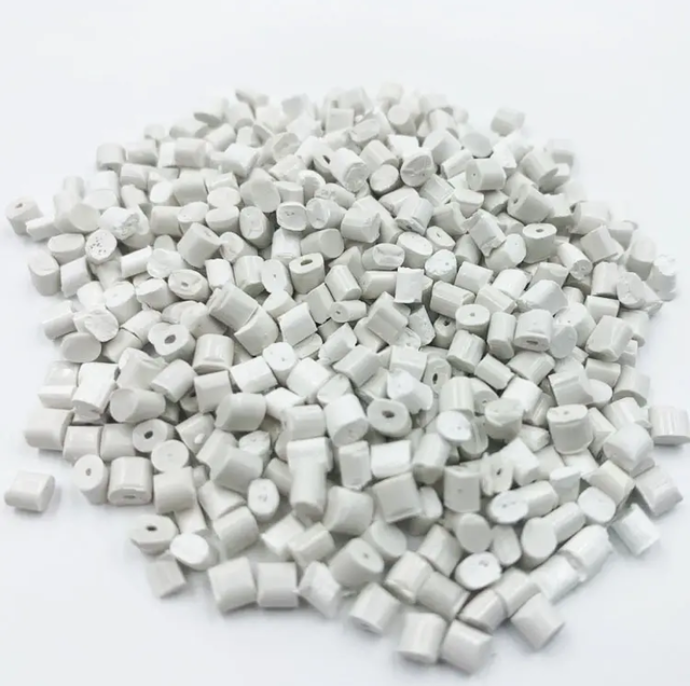
Characteristics of ABS plastic:
1. High mechanical strength, high impact resistance, good creep resistance;
2. With hard, tough, rigid and other characteristics;
3. The surface of ABS plastic parts can be plated;
4.ABS can be blended with other plastics and rubber to improve its performance, such as (ABS + PC).
Typical application range:
Generally used in automobile, TV, refrigerator, washing machine, air conditioner and other electrical appliances shell.

PC (Polycarbonate)
PC plastic is a hard material, commonly known as bulletproof glass, is a non-toxic, tasteless, odorless, transparent material, flammable, but can self-extinguish after leaving fire.

Polycarbonate properties:
1. With special toughness and hardness, it has the best impact strength among all thermoplastic materials;
2. Excellent creep resistance, good dimensional stability, high molding precision;
3. Good heat resistance (120 degrees);
4. Low fatigue strength, high internal stress, easy to crack;
5. Poor abrasion resistance of plastic parts.
Typical application areas:
Electrical and commercial equipment (computer components, connectors, etc.), appliances (food processors, refrigerator drawers, etc.), transportation industry (front and rear lights, instrument panels, etc. for vehicles).

PP soft rubber (polypropylene)
PP soft rubber is commonly known as 100 folds of soft rubber, is a colorless transparent or have some glossy granular material, is a crystalline plastic.

The characteristics of polypropylene are as follows:
1. Good fluidity and excellent molding performance;
2. Excellent heat resistance, can be sterilized by boiling at 100 degrees Celsius;
3. High yield strength;
4. good electrical properties;
5. Poor fire safety;
6. Poor weather resistance, sensitive to oxygen, susceptible to aging under the influence of ultraviolet light.
Typical application range:
Automotive industry (mainly using PP with metal additives: fenders, ventilation ducts, fans, etc.), appliances (dishwasher door gaskets, dryer ventilation ducts, washing machine frames and covers, refrigerator door gaskets, etc.), consumer products (lawn and garden equipment such as lawn mowers and sprinklers, etc.).

PE (Polyethylene)
PE is one of the commonly used polymer materials in daily life. It is a white waxy solid, slightly horny, odorless, tasteless, non-toxic, and opaque except for the film, which is due to the high crystallinity of PE.

The properties of polyethylene are as follows:
1. Low temperature or cold resistance, corrosion resistance (not nitric acid), insoluble in common solvents at room temperature;
2. Low water absorption, less than 0.01%, excellent electrical insulation;
3. high ductility and impact strength and low friction, it shows strong creep under sustained force, this creep can be reduced by adding short fibers.
4. Low water permeability but high air permeability, suitable for moisture-proof packaging;
5. Surface non-polar, difficult to bond and print;
6. not UV resistant and poor weatherability, will become brittle in the sun;
7. Large shrinkage rate, easy to produce shrinkage and deformation (shrinkage rate: 1.5~3.0%).
Typical application range:
Used in large quantities in the manufacture of plastic bags, plastic films, wire and cable wrapping and coating.
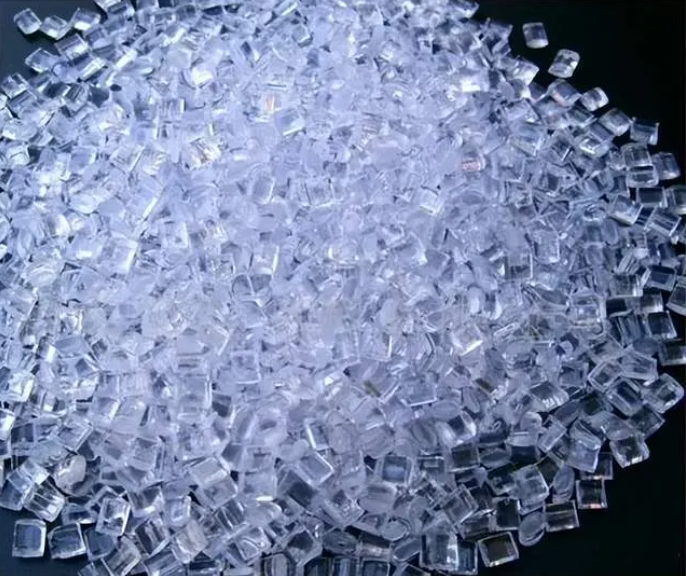
PS (Polystyrene)
Commonly known as hard rubber, PS is a colorless, transparent, glossy granule.

The properties of polystyrene are as follows:
1. Good optical properties;
2. Excellent electrical properties;
3. Easy molding and processing;
4. good coloring properties;
5. The biggest disadvantage is brittleness;
6. Low heat-resistant temperature (maximum use temperature of 60 ~ 80 degrees Celsius);
7. Poor acid resistance.
Typical applications.
Product packaging, household goods (tableware, trays, etc.), electrical (transparent containers, light diffusers, insulating films, etc.).
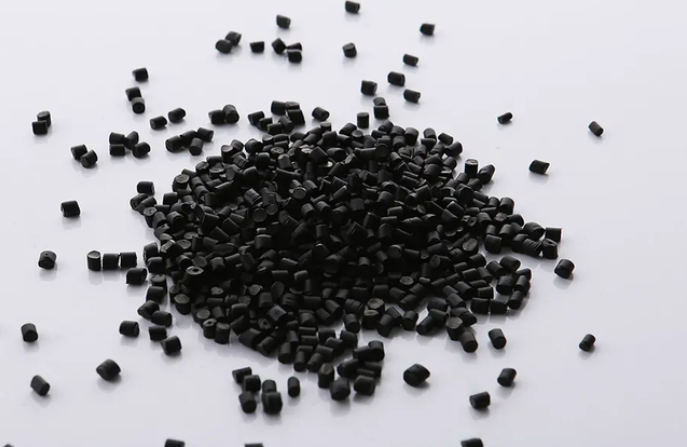
PA (Nylon)
PA is an engineering plastic, a plastic composed of polyamide resins, such as PA6 PA66 PA610 PA1010.

The properties of nylon are as follows:
1. Nylon has high crystallinity;
2. High mechanical strength and good toughness;
3. High tensile, compressive strength;
4. Outstanding fatigue resistance, wear resistance, corrosion resistance, heat resistance, non-toxic;
5. Excellent electrical properties;
6. Poor light resistance, easy to absorb water, no acid resistance.
Typical application range:
Widely used for structural components due to excellent mechanical strength and stiffness. Also used in the manufacture of bearings due to excellent wear resistance properties.
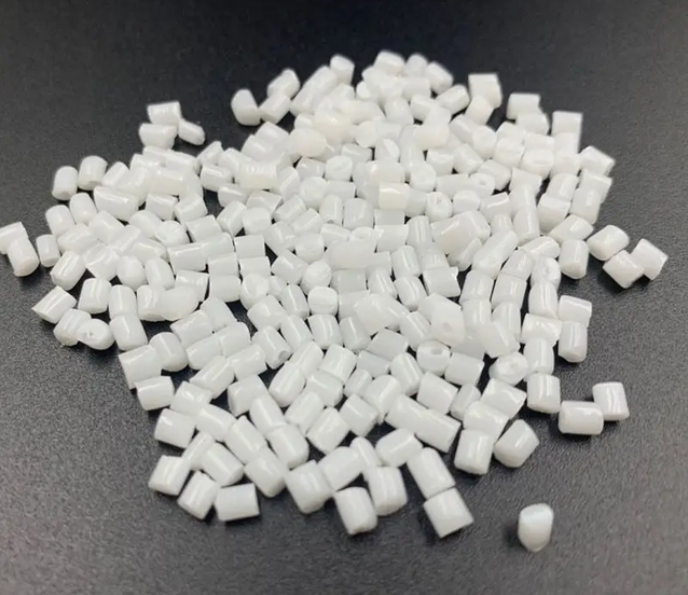
POM (Polyoxymethylene)
POM, also known as steel, is a hard material, is a kind of engineering plastics. POM has a crystalline structure with excellent mechanical properties, high modulus of elasticity, high rigidity and surface hardness, and is known as the "competitor of metal".

The properties of paraformaldehyde are as follows:
1. Small coefficient of friction, excellent abrasion resistance and self-lubrication, second only to nylon, but cheaper than nylon;
2. Good resistance to solvents, especially organic solvents, but not resistant to strong acids, alkalis and oxidizing agents;
3. Good dimensional stability, can manufacture precision parts;
4. Large molding shrinkage, poor thermal stability, easy to decompose by heating.
Typical application range:
POM has a very low coefficient of friction and good geometric stability, especially suitable for making gears and bearings. Since it also has high temperature resistance, it is also used for piping devices (piping valves, pump housings), lawn equipment, and so on.
If you have mold customization needs, please contact us!
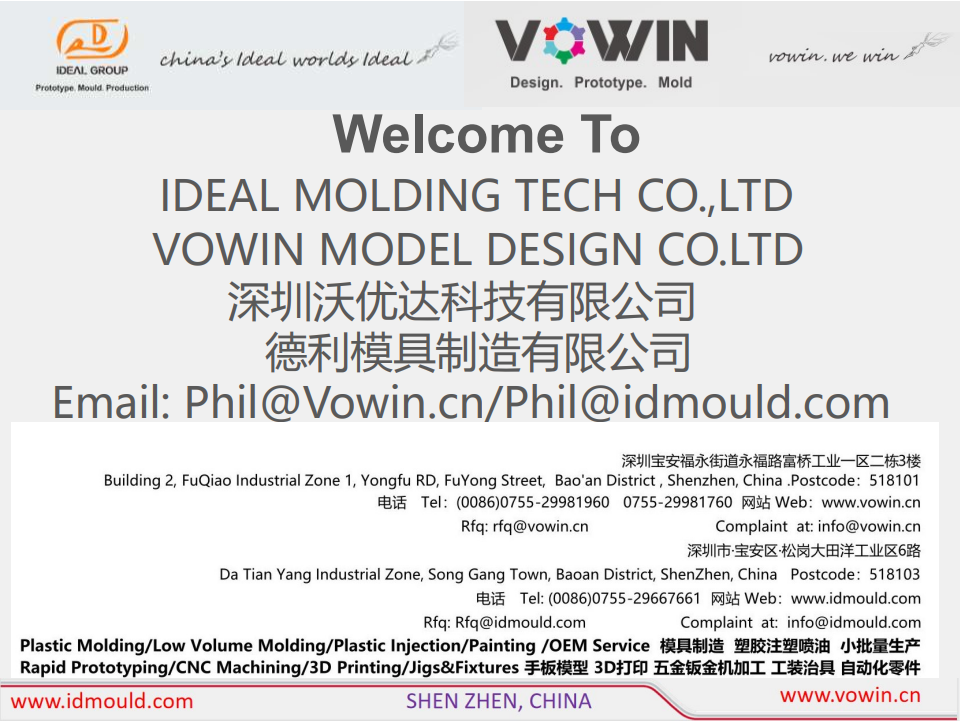

Posts by Topic
Recent Posts
- What kinds of plastic mold materials?
- What is the process of mold manufacturing?
- What should be paid attention to the polishing of injection molds?
- What is easy to ignore when maintaining and overhauling injection molds?
- What are the 6 systems of plastic molds?
- What are the methods of strengthening the surface of injection molds?
- What are the methods of insulation for injection molds?
- How to solve the problem of injection mold release difficulty?
- How can we increase the brightness of ABS injection molded parts?
- What are the common problems of mold maintenance and how to solve them?(1)














